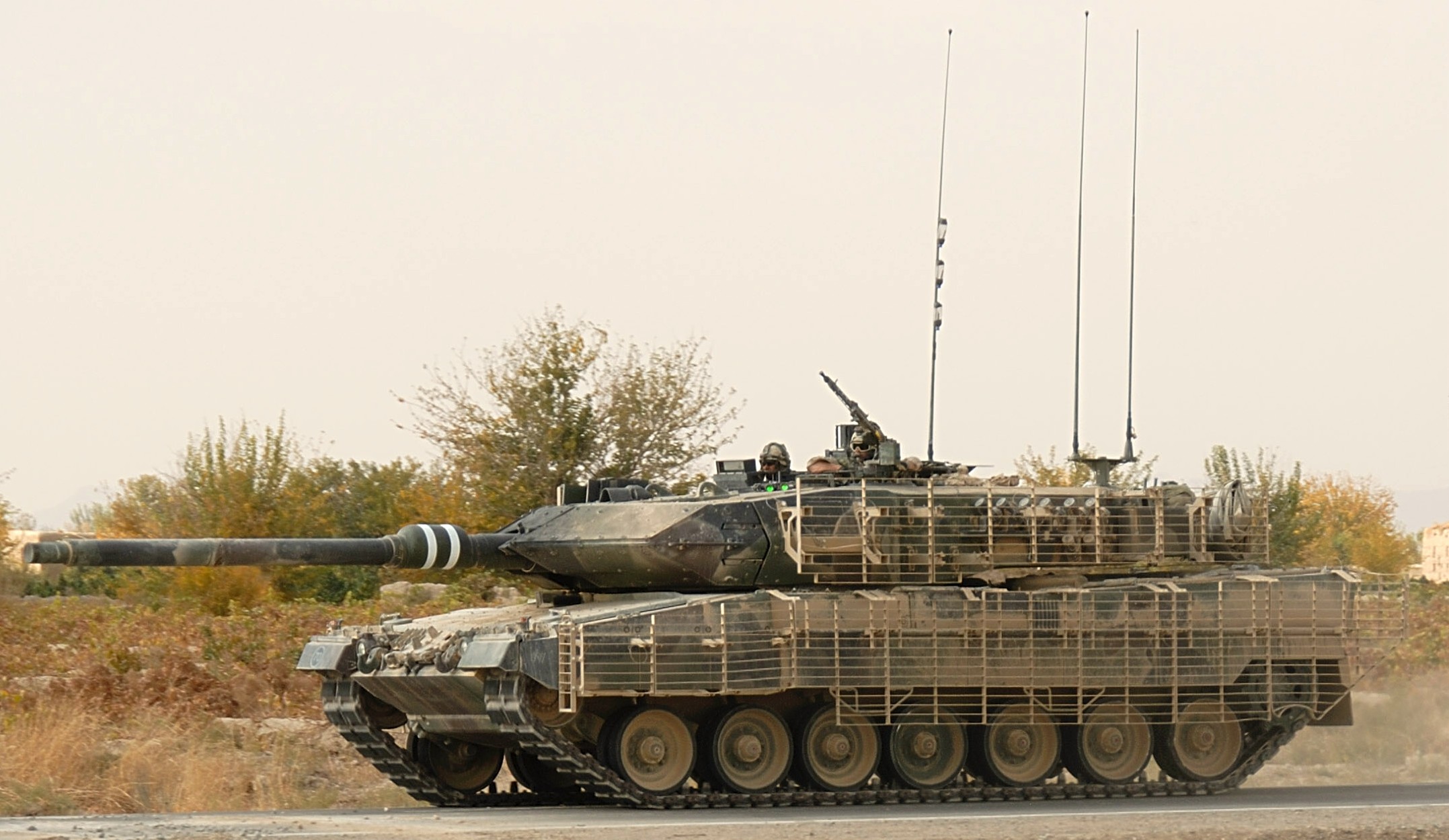Flying the unfriendly skies
It's no secret that helicopters have become a lifeline for NATO troops in Afghanistan, rapidly ferrying cargo across rugged terrain, and incidentally, keeping troops off the increasingly dangerous roads. Unfortunately, most NATO countries have been unable to keep up with the demand for rotary-wing aircraft. Recently, the dearth of helicopters in the British Army has been a source of scandal for the Ministry of Defence. Even the US military, which formed a dozen robust combat aviation brigades--each with over one hundred aircraft--within the past decade is still looking to bolster its rotary-wing fleet. Army officials are augmenting medical evacuation units with additional aircraft, and are attempting to form another combat aviation brigade as well. Moreover, specialty aviation units, such as separate aviaition companies from the Army National Guard, Unmanned Aerial Vehicle units, and even the super-secret IED-hunting Task Force ODIN are frequently attached to US combat aviation brigades.
Canada has found itself in a similar conundrum, with too few rotary-wing aircraft for its mission in Afghanistan. Fortunately, the Canadian Army was able to stand up a capable aviation task force, the 1 Wing Tactical Helicopter Squadron, consisting of CH-47 Chinooks, CH-146 Griffons (a twin-engine Huey variant), and even an Unmanned Aerial Vehicle. Shockingly, the the Chief of Defence Staff at the time, Richard Hillier, was in favor of deactivating a this squadron, which is home-based in Kingston, Ontario. According to their commander, Lt. Col. Larry Paziuk, the unit was in search of a mission, and lacked credibility within the Canadian Armed Forces.
Yet, over the past few years, this helicopter squadron has proven itself time and time again, from the mountains of Afghanistan to the skies over Toronto. And it's expected to stay in Afghanistan for the long-haul, being among the last of Canadian forces to withdraw from Afghanistan.
A Sherman can give you a very nice...edge
Ian also gave me some fascinating intelligence on Canada's use of Main Battle Tanks, such as the Leopard II, in Afghanistan.
A few months ago, as many readers might remember, US Army Col. Gian Gentile penned an emotional lamentation of the death of the armored corps within the US Army, spurring considerable debate. While I concede that Col. Gentile has some decent points, I don't think his fears are completely justified. Although we may not see the massive clashes of armored formations which epitomized the 1991 Gulf War, that doesn't mean that tanks have no place in modern, asymetric conflict. Dozens have weighed in on the utility of tanks in counterinsurgency environments, most notably Sadr City in Iraq.
The Canadians and Danes, moreover, have used their Leopard II tanks to great effect in Afghanistan, where the Leopard II has proven more effective than the Canadian LAV, as the Leopard's main gun is able to penetrate Afghanistan's ubiquitous mud huts. In fact, the Leopard has been so successful that the Canadian Ministry of Defence halted the procurement of Strykers and LAVs, and began to purchase additional Leopard IIs. Ian helped to put this decision in perspective: tanks were practically erased from the syllabus of Canadian staff colleges as early as 1999. It's a decision almost as revolutionary as revising an old counterinsurgency manual.
The experience of the Canadians and Danes simply reinforced something one of my readers, Paul, noted: when bullets start flying, it's far better to have tanks than to not have them.
Thanks to Ian for the news from Canada!


2 comments:
Fyi, Hillier was not the Minister of Defence - yes, with a "c", nicely done in the article - but the Chief of Defence Staff (CDS). The CDS is a number one military position in the Canadian Forces and its occupant is not a politician (although some of Hillier's detractors may suggest otherwise of him). Love the blog up here in Vancouver!
Jim: Appreciate the kind words. Thanks for reading.
I can only use my BlackBerry for Internet right now, so let's see if I can make that correction real quick. Thanks again for the info!
Post a Comment